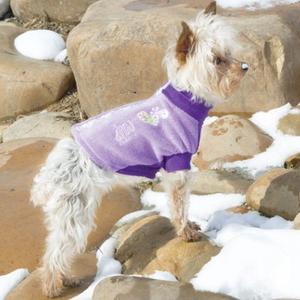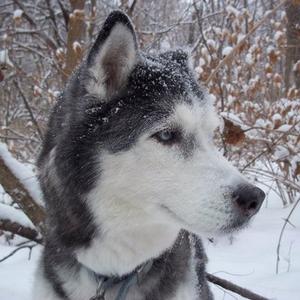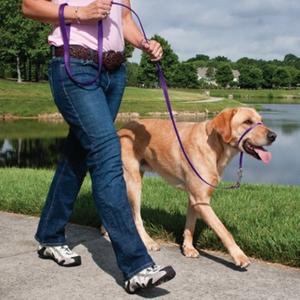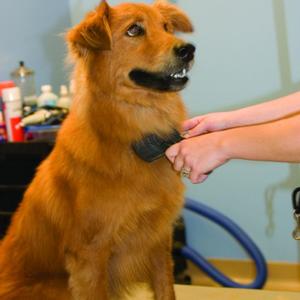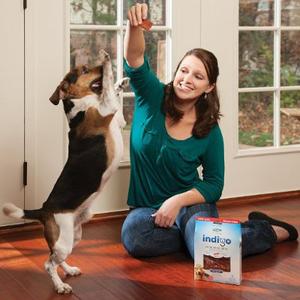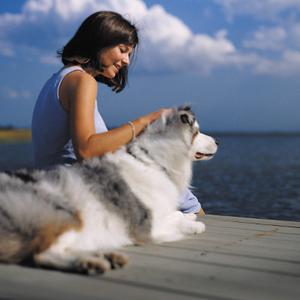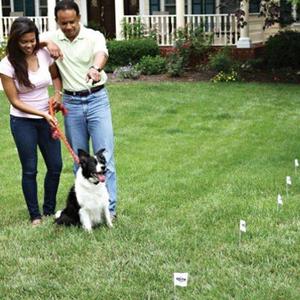With a few exceptions, most of us can relate to how tough the bitter cold temperatures and frigid winds of winter are on us. Unfortunately, these conditions can be even tougher on pets. Just because your pet has a fur coat doesn’t mean they can endure the cold weather. Sure, some dogs love the snow and cold weather. They may be able to tolerate it better than other dogs. 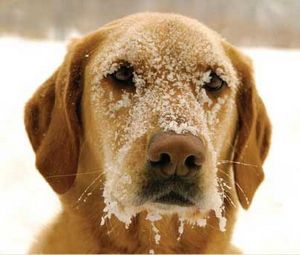
Some dogs love the cold weather and others prefer the warmth of the indoors. However, all have to go out sometimes and it is important you know how to protect them from the cold weather and the ailments it can bring.
Some will play for hours in the snow and chase snowballs until their parent's fingers are frostbitten from forming the frozen concoctions. Yet, for other dogs, it is a different story. One may go for a walk in the snow, but once the walk is completed, he is done. He will take his treat over to his heated pet bed, and call it a morning. Maybe, the only reason he goes on the walk is to justify his time on the heated bed.
As a responsible pet owner, it is important to remember that dogs and cats are domesticated animals, and are as accustomed to the warm shelter of the indoors as we are. As the temperature decreases, here are some guidelines for keeping your pets healthy, happy and active during the winter months.
Inside and outside time
Despite the temperature, dogs need exercise. Letting them outside to run around and exercise is important to their health and happiness. During the cold winter months, you need to take some precautions. First, decide when cold is too cold. A good rule of thumb: Long-haired dogs can play outside for short periods of time when it's above 20°F (-6°C); short-haired dogs, young pups, and elderly dogs should wait until the mercury rises to 40°F (4°C).
Winter apparel
Within moderation and good taste, keep your protected by covering him up in a doggie coat or sweater when he (particularly a short-haired or elderly dog) goes outside for a walk or to play. Don’t go overboard with this, just something modest. We also love Fido Fleeces, and they come in a variety of patterns. Keep your medium and long haired pet groomed. Matted fur is not very efficient at insulating.
While your pets are outside, keep a close eye on them. If you see shivering, it's time to come in. According to the American Animal Hospital Association, animals are vulnerable to frostbite and hypothermia in less than an hour. After you get back from your walk, wipe off your dogs feet. It’s not only good to keeping the house clean, it also wipes off the salt and chemicals people use to melt snow and ice. Another alternative to keep paws and pads protected from frostbite and chemicals is to get them to wear booties.
Better nutrition, better health
Some dogs need to cut back the food consumption during the less active winter months, but other dogs become more active in the colder climates. Dogs who spend time running around outside in the cold may need more food than usual, because they burn extra energy to keep warm. Keep an eye on the dishes. A dog’s tongue can stick to cold metal, such as aluminum. For winter use, keep the fresh food and water in ceramic or hard plastic dishes. In colder temperatures, you will need to make changes in how you keep the water so it doesn’t freeze.
Unseen dangers
Although the frigid temperature, snow, and ice are the most obvious of the winter hazards, we can’t overlook the less obvious hazards. The products that we use to reverse winter’s effects can be dangerous to our pets. The salt and chemicals we use to melt snow on pavement can burn and chafe padded paws. Although there are ‘pet friendly’ alternatives, they are not typically used. Wipe your dog's feet down with a warm, damp towel whenever he comes in from outside.
Antifreeze is a constant concern. Until bittering agents are required, most antifreeze has a sweet taste that can be appealing to your pets. But, the ingestion of a teaspoon is enough to kill your pets. If they get even a couple of licks, they need to get to the veterinarian immediately. Make sure to check regularly under your car and clean up any pools of antifreeze that may be forming. Better yet, even if everyone else doesn’t use it, you can be an agent for change by using pet-friendly antifreeze that isn't fatal if swallowed in small amounts and that does contain a bittering agent. We love winter and the festivities that it affords: skiing, ice skating, hockey. There is nothing more serene then walking dogs thru snow covered woods. With just a little extra precautions, your dogs can also enjoy their time outside through the winter.
What is your pet’s favorite winter activity?



